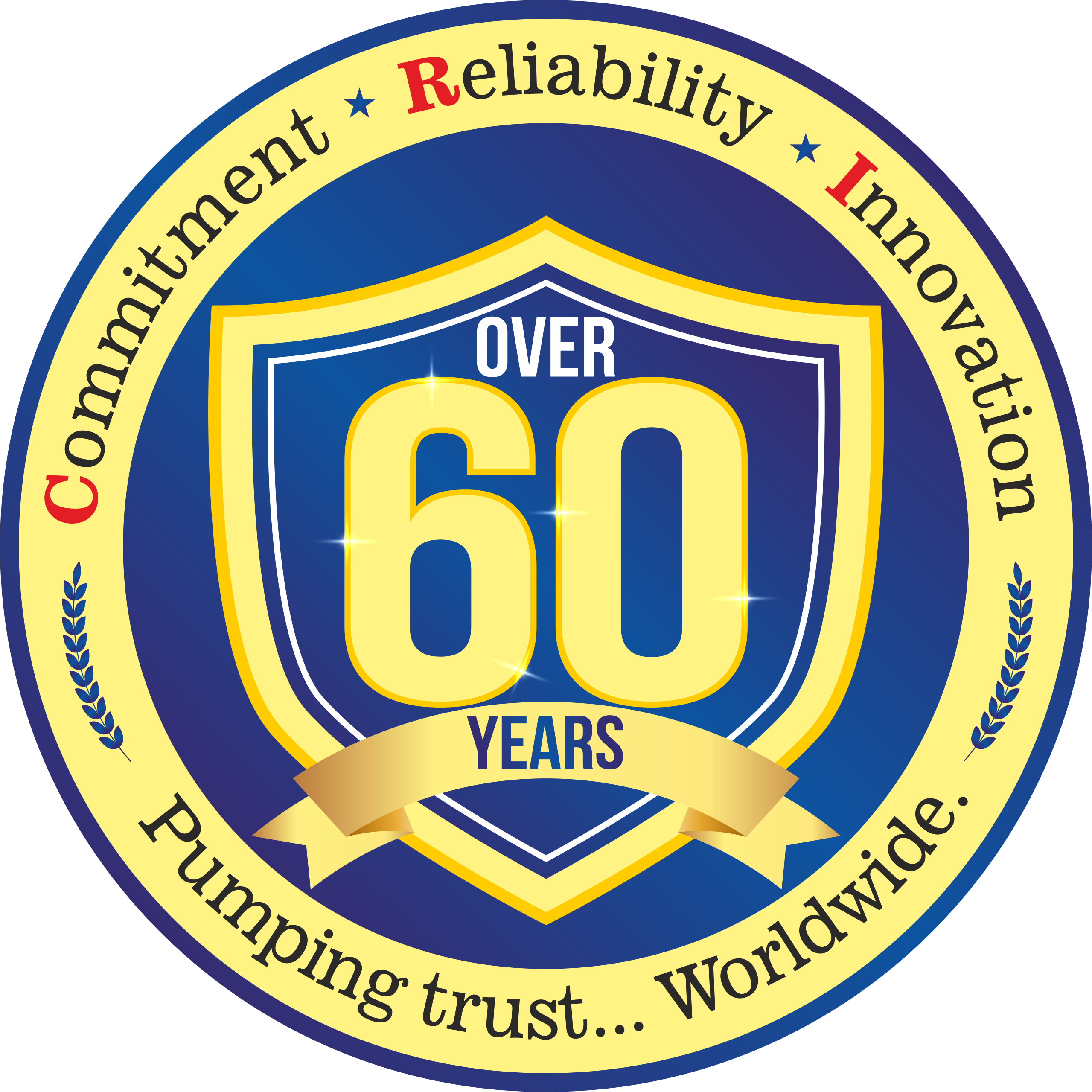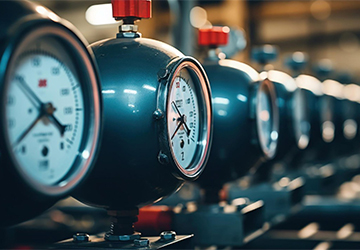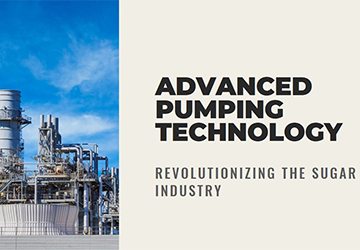Sustainability in Manufacturing
As the world grapples with mounting concerns over climate change and environmental degradation, the demand for sustainable manufacturing solutions has grown significantly. Sustainable manufacturing not only satisfies this demand, but also empowers businesses to lead the industry by delivering cost savings through emissions reduction, energy conservation, and waste minimization. Additionally, it ensures compliance with environmental regulations and reinforces a company’s commitment to environmental stewardship and brand reputation. Sustainable manufacturing also has a profound social impact. By implementing fair labor practices and responsible manufacturing protocols, companies can guarantee the well-being and safety of their employees. These ethical measures foster a positive work environment and nurture a strong relationship with local communities and stakeholders, thereby demonstrating the company’s commitment to social responsibility. Benefits of Sustainable Manufacturing Sustainable manufacturing offers a wealth of benefits, including circular manufacturing and zero-waste initiatives, for both producers and consumers. By maximizing resource efficiency and minimizing waste, this forward-thinking approach aids in climate change mitigation, the preservation of natural resources, and the protection of diverse ecosystems, all contributing to the overarching goal of environmental sustainability. A life cycle assessment can further enhance these efforts by providing a comprehensive evaluation of environmental impacts. In addition, sustainable manufacturing leads to substantial cost savings. Through process refinement and the adoption of industry 4.0 technologies, manufacturers can significantly lower operational costs. The implementation of sustainable practices often results in improved efficiency and productivity, which, over time, can boost profitability and foster a more resilient business model. Moreover, a dedication to sustainable manufacturing practices, including business strategy refinement and green packaging, can greatly enhance a company’s brand image. In a time when consumer choices are deeply influenced by environmental concerns, companies that prioritize sustainability are more likely to attract eco-conscious customers and gain a competitive advantage in the market. Sustainable Product Design: Creating Eco-friendly Products An integral component of sustainable manufacturing is the practice of sustainable product design. This approach employs eco-design principles, such as the use of sustainable packaging materials and eco-friendly packaging, to minimize hazardous substances and reduce the ecological footprint of products, ensuring their life cycles are as environmentally friendly as possible. To advance the development of eco-friendly products, manufacturers are progressively embracing renewable packaging and recycled materials. These sustainable options ensure that products can be efficiently repurposed or recycled at the end of their lifecycle, effectively reducing waste generation. Furthermore, eliminating harmful chemicals and toxins from manufacturing processes not only protects our environment but also enhances consumer safety. Sustainable product design is crucial for promoting energy-efficient manufacturing. By creating products that consume less energy over their lifespan, manufacturers are actively reducing greenhouse gas emissions and addressing the critical issue of climate change, often utilizing renewable energy sources to power their operations. Sustainable Packaging: Reducing Waste and Environmental Impact Adopting sustainable packaging is a fundamental aspect of eco-conscious manufacturing. The choice of packaging materials plays a significant role in environmental pollution and waste. Through the implementation of sustainable packaging and circular production methods, manufacturers can drastically cut waste, minimize their environmental impact, and support the tenets of a circular economy. A strategic shift towards sustainable packaging includes the use of recyclable and compostable materials. Selecting packaging made from recycled paper, cardboard, or biodegradable substances not only promotes recycling and decomposition but also eases the burden on landfill sites, aligning with the principles of the circular economy. Moreover, manufacturers can adopt lightweight packaging to reduce the consumption of raw materials. This approach to sustainable logistics and reverse logistics not only preserves essential resources but also lowers transportation costs, as lighter packages equate to decreased energy requirements during shipping. Another step towards sustainable packaging is the elimination of unnecessary packaging. By optimizing packaging designs and reducing the use of excess materials, manufacturers can minimize waste and promote a zero-waste philosophy that appeals to eco-aware consumers and contributes to waste valorisation. Building a Sustainable Supply Chain: Ethical Sourcing and Responsible Practices Fostering a sustainable supply chain is an essential initiative for manufacturers committed to environmental stewardship. This involves sourcing materials and components from suppliers who prioritize ethical sourcing and responsible practices, ensuring that the principles of supply chain management and the circular economy are integrated throughout the supply chain. Ethical sourcing is a crucial component of a sustainable supply chain, ensuring that suppliers maintain safe working conditions, treat their workers fairly, and strictly adhere to labor laws. By partnering with suppliers who prioritize ethical sourcing, manufacturers can significantly influence labor standards and promote responsible consumption, thereby safeguarding human rights. To advance responsible practices within the supply chain, it’s essential to focus on emissions reduction and embrace sustainable logistics. Manufacturers can contribute to this objective by opting for local sourcing, which reduces the distances that materials and components need to travel, thereby diminishing transportation emissions and shrinking the overall carbon footprint. Additionally, manufacturers can collaborate with suppliers to initiate waste valorization and recycling programs, aiming for a circular economy within the supply chain. This joint effort lays the groundwork for innovative strategies to minimize waste production and encourage the sustainable use of resources. The Sustainable Manufacturing Process: Implementing Green Technologies and Practices At the core of sustainable manufacturing is the adoption of green technologies and the commitment to eco-friendly practices. By utilizing renewable energy and refining their processes, manufacturers can significantly reduce their ecological footprint and make a positive impact on the environment through the integration of environmentally friendly technologies. Energy-efficient manufacturing processes are a cornerstone for achieving sustainable production in line with Industry 4.0. By implementing advanced technologies and machinery, manufacturers can cut down on energy consumption and greenhouse gas emissions, leading to environmental benefits and substantial cost savings. Furthermore, manufacturers can implement waste reduction strategies like lean manufacturing and comprehensive recycling programs. Lean manufacturing is designed to eliminate waste at every production stage, while recycling initiatives ensure materials are responsibly managed and reprocessed, contributing to a zero-waste goal. Moreover, the transition to renewable energy sources such as solar and wind power allows manufacturers to decrease their dependence on fossil fuels, propelling











